Actuator Buying Guide
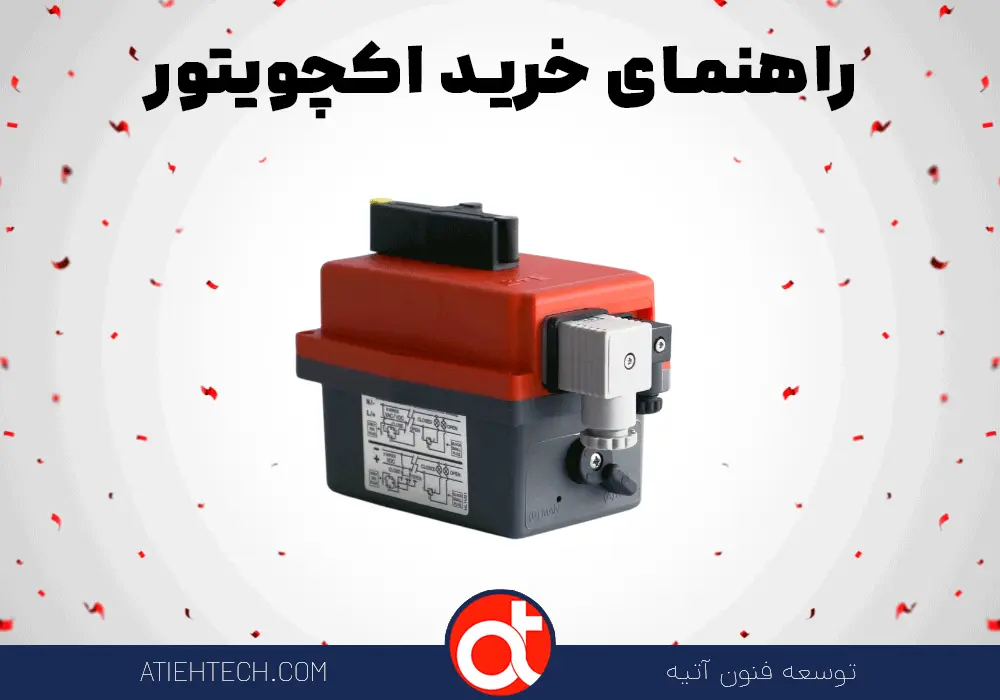
Actuator Buying Guide
Actuator Buying Guide: Actuators are vital components in industrial automation systems, control valves, and even home applications. These devices convert energy (electrical, hydraulic, or pneumatic) into mechanical motion and play a key role in industries such as oil and gas, automotive, and HVAC systems. Choosing the right actuator can have a huge impact on the performance and efficiency of your system.In this comprehensive guide, we will help you become familiar with the important criteria for selecting an actuator, especially working power and compatibility with the valve type, and make the best decision.
What is an actuator and why is it important?
An actuator is a device that converts energy into linear or rotary motion. This motion can be used to open and close valves, move parts on a production line, or provide precise control in robotics. Choosing the right actuator will not only optimize the performance of your system, but also reduce maintenance costs and energy consumption.
One of the most important things to consider when purchasing an actuator is the specific needs of your project. The type of valve (butterfly, ball, or damper), the required operating power, and the actuator’s angle of motion are among the factors that should be carefully considered.
Key criteria for actuator selection
Choosing the right actuator requires consideration of several key parameters. Below, we will review the most important criteria:
Actuator working power
One of the most important parameters in choosing an actuator is its operating power. The actuator power (usually expressed in newton meters or Nm for rotary motion and Newtons for linear motion) must match the needs of your system. This is especially important in valve applications. The type of valve (butterfly, ball, or damper) and its size have a direct impact on the amount of power required. For example:
Butterfly valves: Usually require less force, but larger valve sizes may require more power.
Ball valves: Due to their special design, they may require higher torque.
Dampers: Depending on the application (such as ventilation systems), they require different power.
To accurately select the actuator power, you can contact our experts for a free consultation. They can recommend the right actuator based on the specifications of your valve and system.
Actuator movement angle
Most actuators are designed to move 90 degrees as standard (for example, to open and close valves). However, if you need a movement angle greater or less than 90 degrees (for example, 180 degrees or 45 degrees), you should definitely discuss this with the experts at the time of purchase. Adjusting the actuator’s movement angle depends on the type of application and your system design and may require customization.Our team can adjust and prepare the actuator to exactly the angle you want.
Type of movement
Do you need linear motion (like moving a piston) or rotary motion (like turning a valve)? This will determine the type of actuator and your system design.
Environmental conditions
Check the actuator’s operating environment. Is it exposed to moisture, dust, or extreme temperatures? The IP rating (such as IP65 or IP67) indicates the actuator’s resistance to these conditions.
power source
The type of power source (electricity, compressed air, or hydraulic fluid) determines the type of actuator you will need. For example, in environments without access to electricity, pneumatic actuators are more suitable.
Budget and maintenance costs
Electric actuators have a higher initial cost but are cheaper to maintain. In contrast, hydraulic actuators may be cheaper but have higher repair costs.
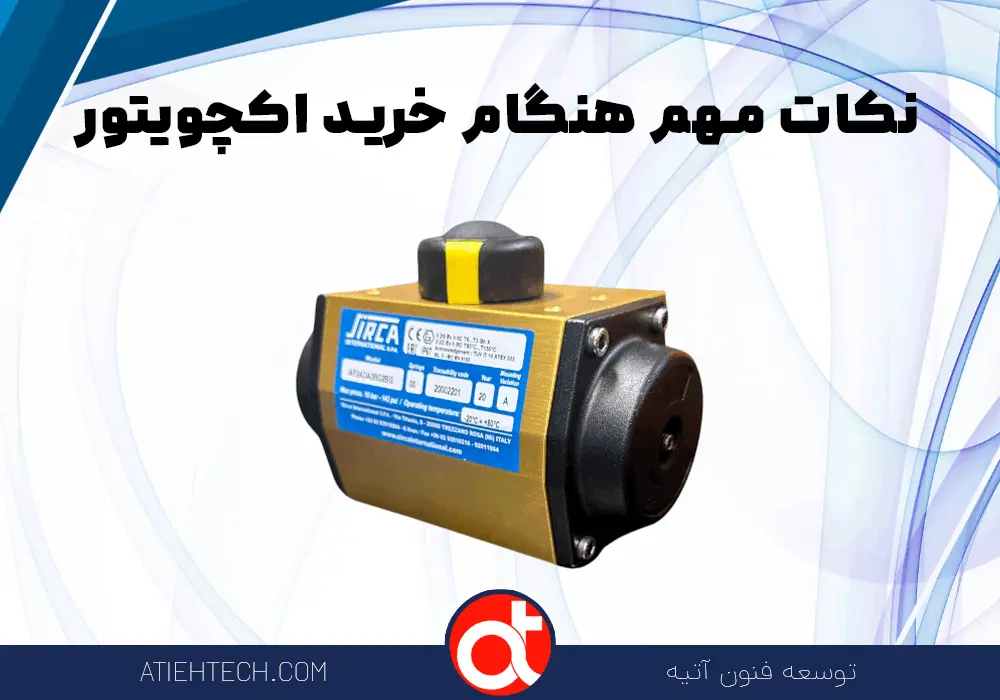
Important points when buying an actuator
The type of valve (butterfly, ball, or damper) and its size have a major impact on actuator selection. For example, ball valves typically require more torque, while dampers may operate with less force. Consult with our experts to ensure the right choice.
Adjust the angle of movement
If your system requires a movement angle other than 90 degrees, be sure to specify this before purchasing. Incorrect angle adjustment can cause system inefficiency or damage to the actuator.
Warranty and after-sales service
Actuators are sensitive components and may need to be repaired or replaced. Make sure the seller offers a good after-sales service and warranty.
Expert advice
If you are unsure about which actuator to choose, contact our team of experts. We will guide you, free of charge, to choose the best actuator for your project.
Comparison of actuators by application
Actuator type and common applications
Actuator type and common applications
Hydraulic
Large Industrial Valves
High Force
Sophisticated Maintenance
Pneumatic
Production lines, dampers
High speed, cheap
Less accuracy
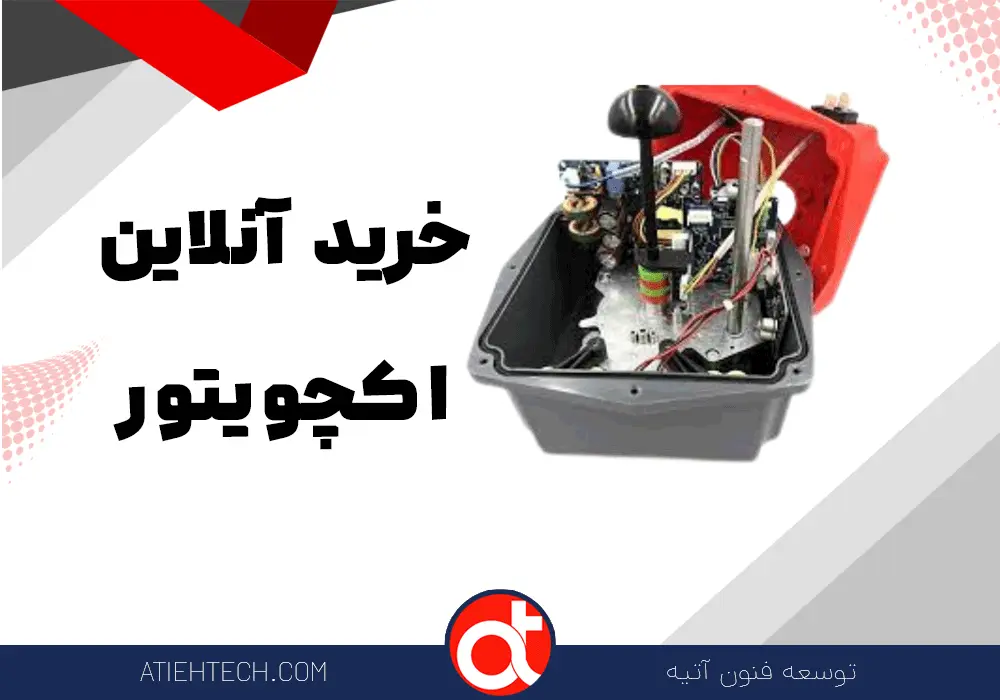
Buy actuator online
If you plan to buy an actuator online, consider the following points: Actuator Buying Guide
Check the technical specifications: Make sure the working power, movement angle, and actuator type are compatible with your needs.
Read customer reviews: Feedback from previous buyers can help you choose the right brand.
Buy from reputable stores: Reputable websites like Future Technologies Development or official brand representatives are safe options.
Check the warranty and return policy: In case of a problem, you should be able to exchange or return the product.
conclusion
Selecting the right actuator requires consideration of operating power, valve type (butterfly, ball, or damper), travel angle, and environmental conditions. By selecting the right actuator, you can optimize your system’s performance and avoid additional costs.If you are unsure about choosing the right actuator, our team of experts is ready to provide you with a free consultation. To adjust the angle of movement or choose the right power, be sure to contact us so that the actuator is prepared exactly according to your needs. Ready to upgrade your system with a quality actuator? Act now!

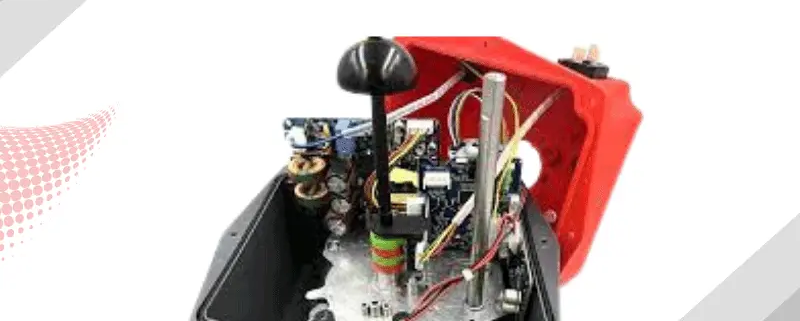

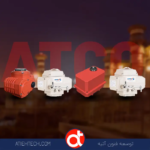


Leave a Reply
Want to join the discussion?Feel free to contribute!